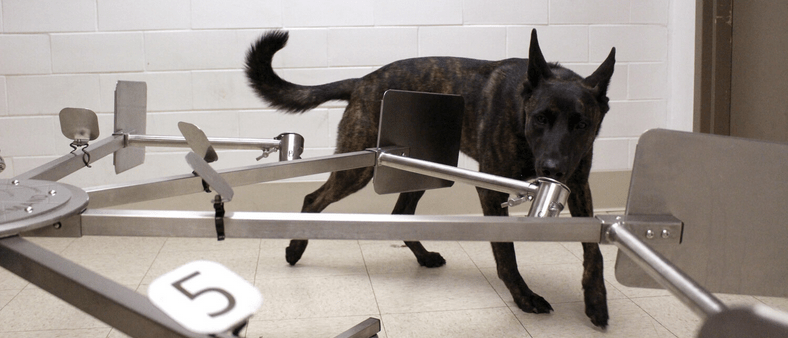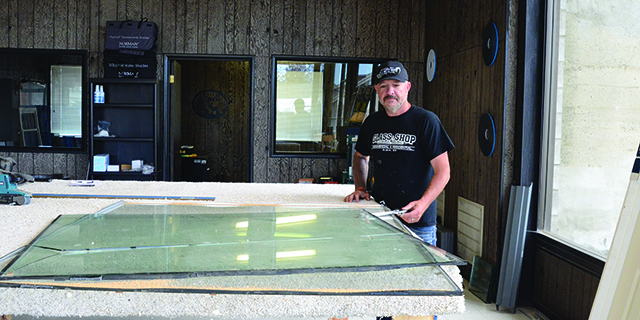Penn Vet Launches COVID-19 Canine Scent Detection Study
Published 9:17 am Monday, May 4, 2020

- Lucy participates in COVID-19 detection trials at the University of Pennsylvania Veterinary school.
PHILADELPHIA – A pilot training program using scent detection dogs to discriminate between samples from COVID-19 positive and COVID-19 negative patients is the focus of a new research initiative at the University of Pennsylvania’s School of Veterinary Medicine.
With up to 300 million smell receptors – compared to six million in humans – dogs are uniquely positioned to aid in disease detection.
Trending
This pioneering study sets the stage for dogs to be a force multiplier in the mission to detect COVID-19, particularly among asymptomatic patients, or hospital or business environments where testing is most challenging. Preliminary screening of live humans by trained dogs could begin as early as July.
The study is backed in part by the new Penn Vet COVID-19 Research Innovation Fund.
The fund, provided with critical start-up support through a generous gift from Vernon and Shirley Hill, will bolster Penn Vet’s rapidly expanding research and response program to fight the novel coronavirus.
Penn Vet will initially begin the study with eight dogs to perform this precise detection work.
Over the course of three weeks through a process called odor imprinting, the dogs will be exposed to COVID-19 positive saliva and urine samples in a laboratory setting.
Once the dogs learn the odor, the investigators will document that the dogs can discriminate between COVID-19 positive and COVID-19 negative samples in a laboratory setting, establishing the platform for testing to determine if the dogs can identify COVID-19 infected people.
Trending
The U.S. Army Combat Capabilities Development Command Chemical Biological Center will be lending their expertise during the study as well.
Scent detection dogs can accurately detect low concentrations of volatile organic compounds, otherwise known as VOCs, associated with various diseases such as ovarian cancer, bacterial infections, and nasal tumors.
“These VOCs are present in human blood, saliva, urine or breath,” said Cynthia Otto, DVM, PhD, professor of Working Dog Sciences and Sports Medicine and director of Penn Vet’s Working Dog Center.
“The potential impact of these dogs and their capacity to detect COVID-19 could be substantial,” Otto said. “This study will harness the dog’s extraordinary ability to support the nation’s COVID-19 surveillance systems, with the goal of reducing community spread.”









